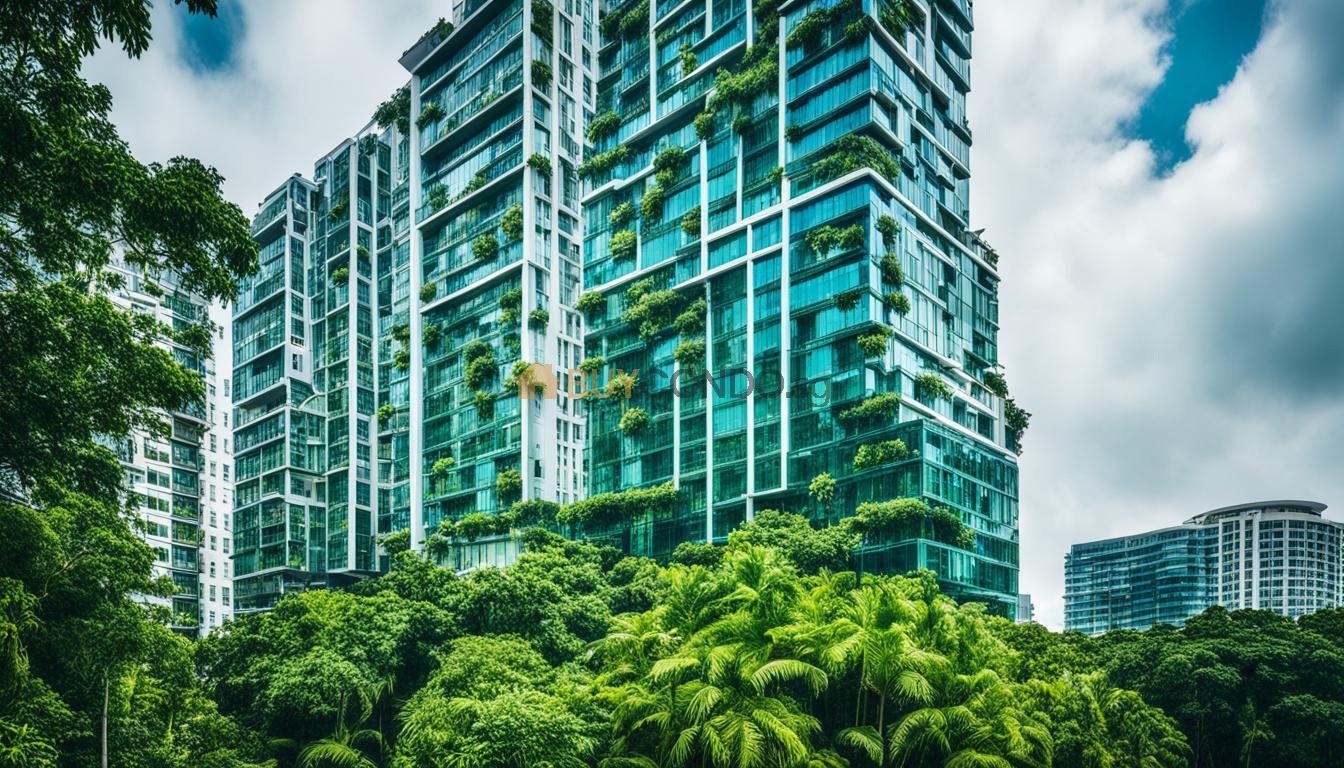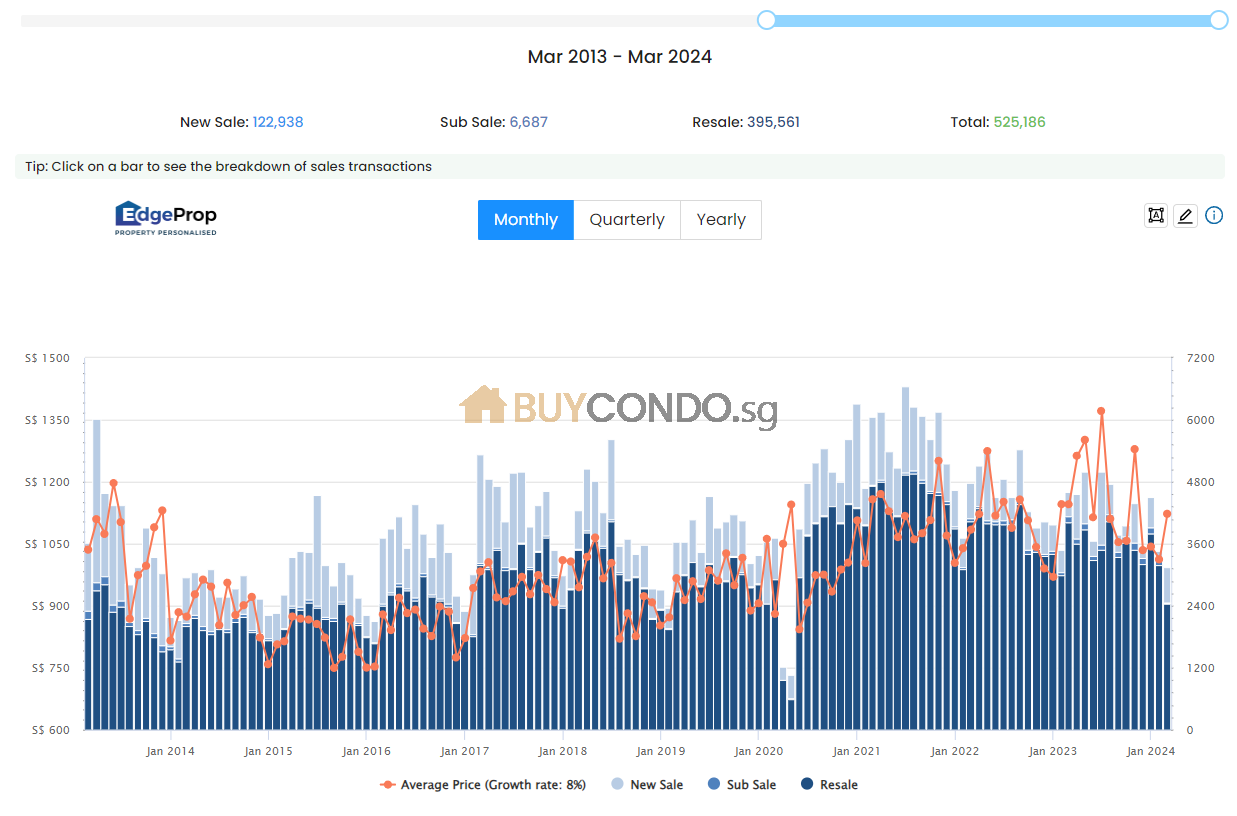Jalan Besar Conservation Shophouse
There are more than 230 shophouses at Jalan Besar. The rich history of Jalan Besar’s shophouses spanned almost eight decades, ranging from the oldest shophouses that were built in the 1880s, to the post-war ones developed in the sixties.
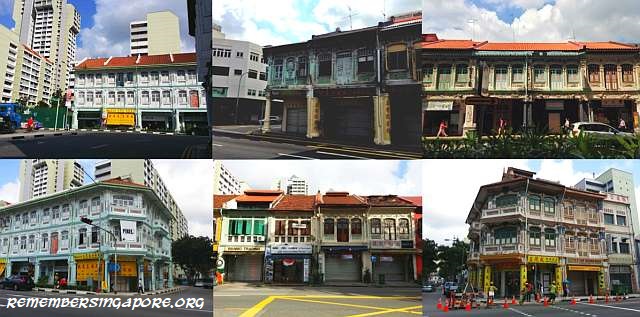
One of the most beautiful and well-preserved ones along Petain Road, made up of 18 double-storey pre-war terrace houses (terrace houses are the residential version of shophouses). Built in the early 1930s, they are the classic examples of Chinese Baroque-style shophouses in Singapore, designed with symmetrical lines, delicate ornaments and ceramic tiles on both the floors and walls.
Petain Road’s terrace houses were initiated by a landlord named Mohamed bin Haji Omar, who first owned a row of shophouses in 1925 at the junction of Jalan Besar and Kitchener Road. Built by J.M. Jackson, a municipal engineer-turned-architect, they were the first three-storey shophouses in the vicinity, and had then-contemporary features such as terraces on the top floor and partial flat roofs.
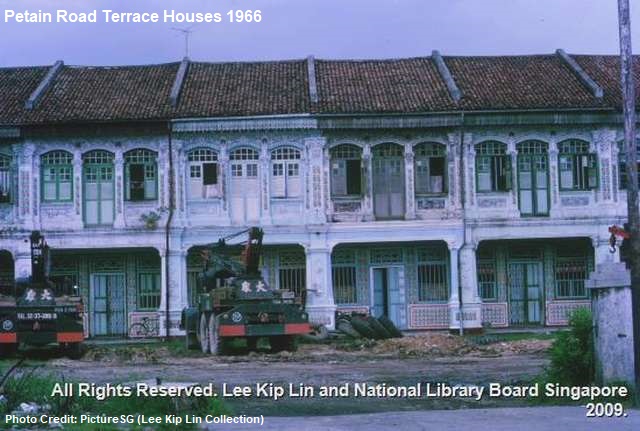
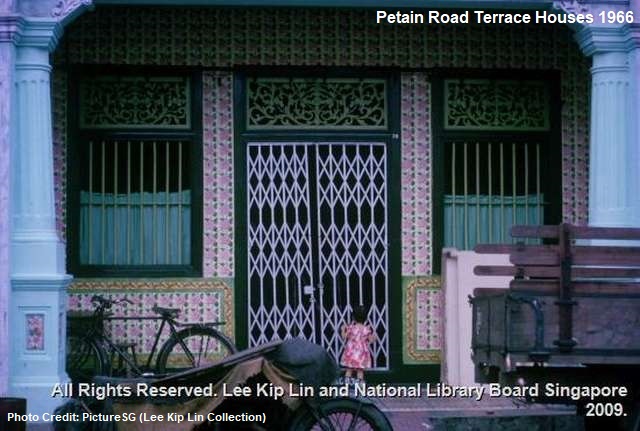
Architect E.V. Miller was engaged to design the Petain Road terrace houses for Mohamed bin Haji Omar. A Modernist, E.V. Miller preferred designs with rounded lines and streamlined functionality. However, insisted by his client, the Petain Road terrace houses eventually turned out to be of Chinese Baroque style with neo-classical features complimented with Peranakan flavours.
This interesting mix of European and Peranakan styles was demonstrated by the pale green and pink birds and flowers’ plaster ornaments on the facades, floral ceramic floor tiles along the five foot way and elaborated Chinese motifs on the Greco-Roman columns. Originated from Malacca, this design was found nowhere else in the world but Malaysia and Singapore.
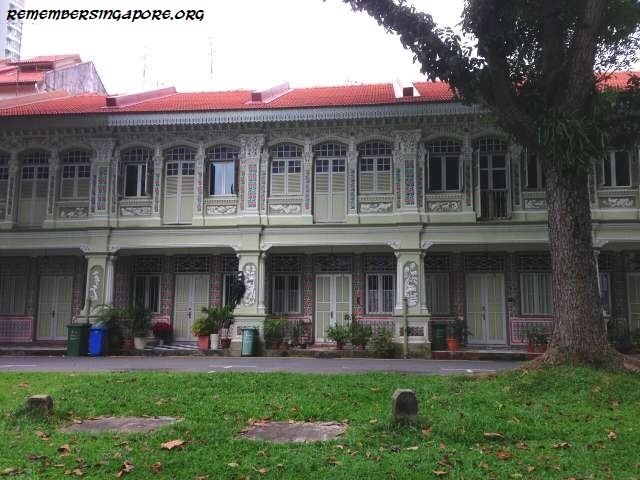
Petain Road has had several controversies in the past. Henri Philippe Benoni Omer Joseph Pétain (1856-1951) was the Marshal of France who commanded and led the French army to victory at the Battle of Verdun during the First World War. In 1928, the colonial government’s Municipal Committee decided to name it after the great French hero, as part of the naming exercise of the eleven roads at Jalan Besar after First World War’s famous commanders and battles. The other ten were Kitchener Road, Verdun Road, Sturdee Road, Somme Road, Beatty Road, Mons Road (defunct), Marne Road, Flanders Square, Jutland Road (defunct) and Falkland Road (defunct; there is another Falkland Road at the Sembawang area).
It was a twist of fate by the Second World War, when Philippe Pétain became the Prime Minister of France. No match against a strong and aggressive Nazi Germany, he decided to collaborate with the Axis, allowing France to humiliatingly relegate into a puppet state. After the war, Philippe Pétain was convicted of treason and life imprisonment. Due to this tainted legacy, there have been appeals to rename Petain Road.
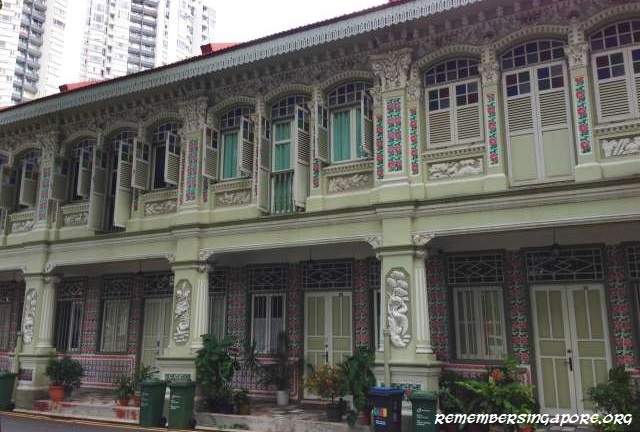
Other than the name, Petain Road also had an unsavory reputation of being a red light district in the past. During the early 20th century, this vicinity was commonly known as “kim jio kar” (foot of the banana tree in Hokkien), where vegetable farms were abundant. The farms were later cleared and replaced by the shophouses. The neigbourhood became rowdy and complicated by the 1930s, during the peak popularity of the nearby New World Amusement Park. Rivalling secret Societies, smuggling and extortion became rampant around Petain Road. Some of the shophouses were turned into brothels.
Petain Road continued to be a hotbed of gangsterism and vice that by the early sixties, it was reported in the news that many residents were frustrated by the rising criminal offences and wanted the police to step up their actions.
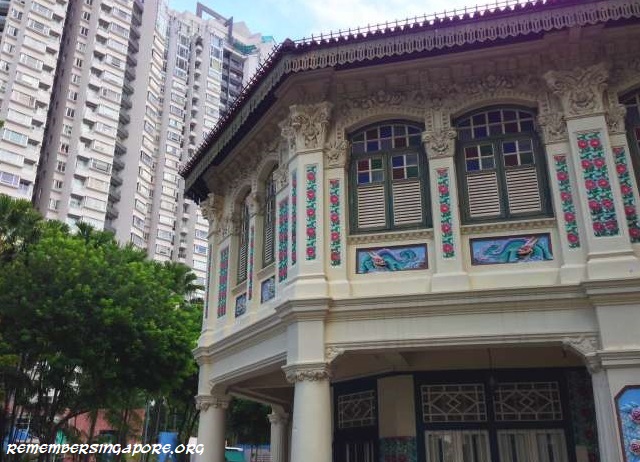
In 1976, the Preservation of Monuments Board (PMB) collaborated with the Urban Redevelopment Authority (URA) and Singapore Tourist Promotion Board (STPB) to study the residential districts at Petain Road, Blair Road and Emerald Hill Road with a view to recommend preservation.
The Housing and Development Board (HDB), in the seventies and eighties, developed public housing at several sites in the downtown area, including Petain Road, French Road and Towner Road. At Petain Road, a rental block was built in addition to the cluster of Singapore Improvement Trust (SIT) flats situated beside the shophouses, which were fortunately spared from the bulldozers during the construction. The Petain Road SIT and HDB flats had been demolished since, and today, private condominiums Kerrisdale and Sturdee Residences stand at the site.
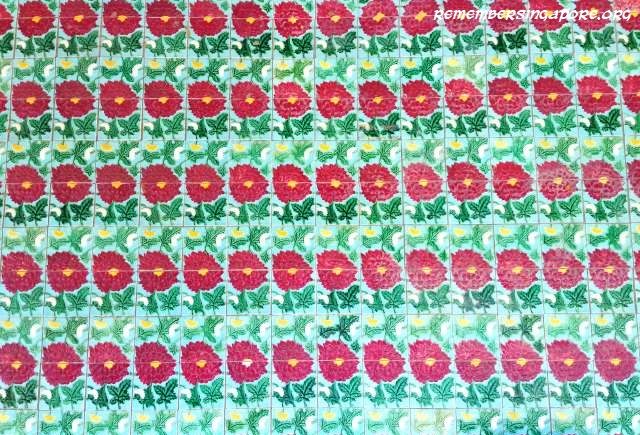
But in 1979, the Petain Road shophouses again faced the threat of demolition. Kin Ann Pte Ltd, a private developer which bought and owned the land deed in 1977, was planning to replace the shophouses with a six-storey apartment block. In the early eighties, they dismantled the front facades of the three Petain Road shophouses without permit, causing an uproar from the public, architects and heritage enthusiasts. The works were halted by the authority in time to prevent further damages.
In 1981, the Petain Road shophouses were earmarked for preservation. They officially came under the general coverage of the Jalan Besar Conservation Area, designated by the URA, in October 1991. As some of the floor and wall tiles were damaged or lost over time, they had to be replaced by similar pieces made in Vietnam during the restoration projects.
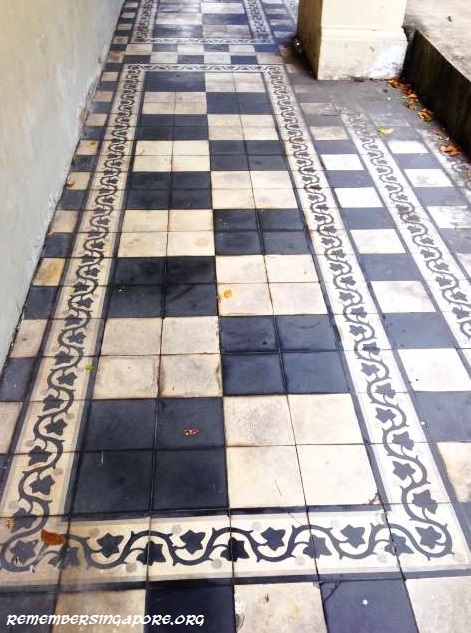
Contact Us to get a list of Conservation shophouses that is currently for sale.
Source: remembersingapore.org







